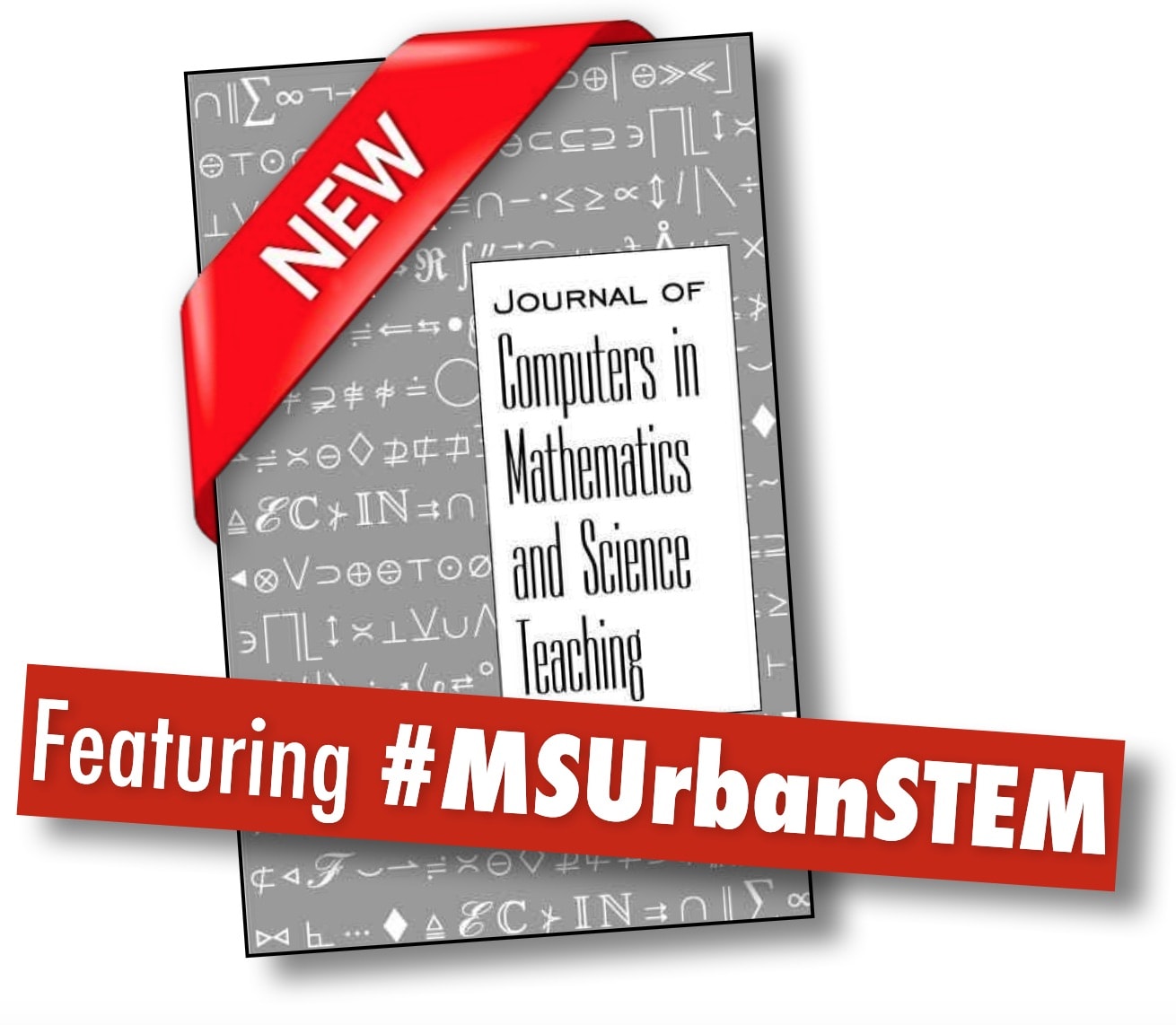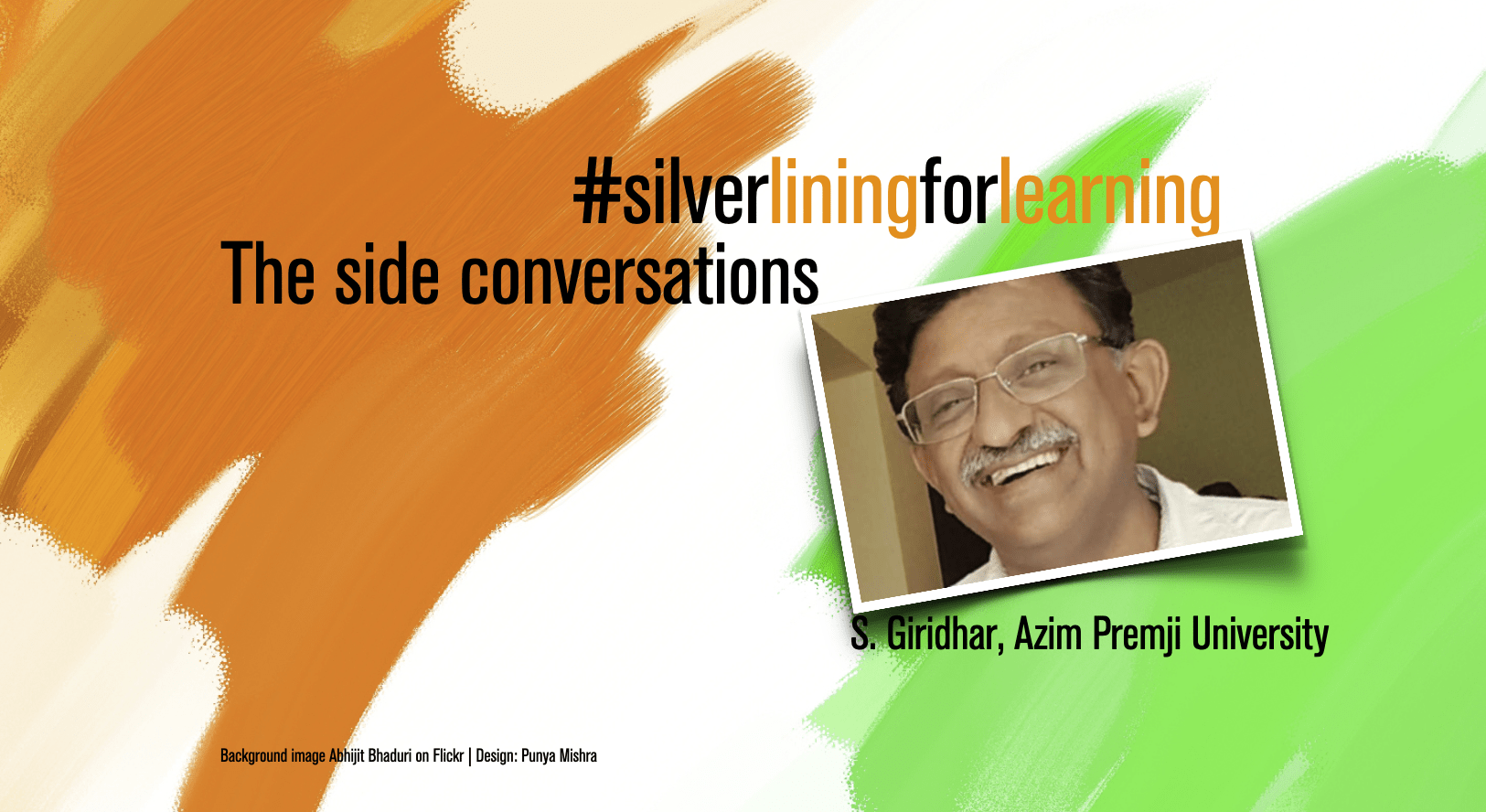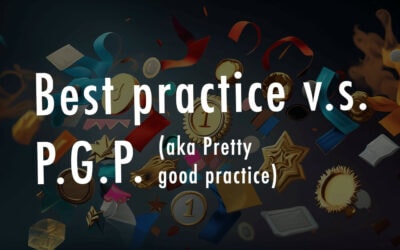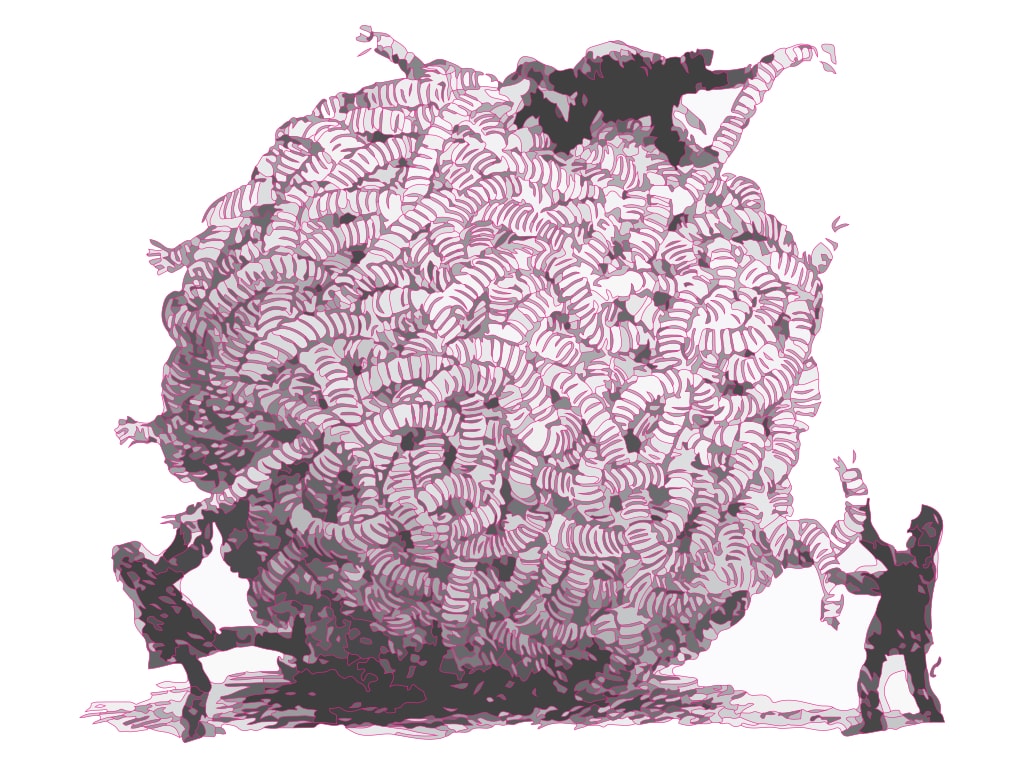Back in June 2011 I was in Paris for EduSummIT: Building a Global Community of Policy-Makers, Educators, and Researchers to Move Education into the Digital Age. EduSummIT was organized by UNESCO (along with other partners) and brought together over 120 scholars, policy makers from over 40 countries. I was part of a Thematic Focus Group emphasizing 21st century learning. It took two years but finally a special issue of the Journal of Computer Assisted Learning is out with 8 articles all emerging from the conference. Click here for the table of contents.
I am co-author on one article along with Joke Voogt from the University of Twente, Ola Erstad from University of Oslo, and Chris Dede from Harvard. Our article focuses on 21st Century competencies that are needed to be able to live in and contribute to our current (and future) society. A complete reference, abstract and a link to the pdf is given below:
Voogt, J., Erstad, O., Dede, C., & Mishra, P. (2013). Challenges to learning and schooling in the digital networked world of the 21st century. Journal of Computer Assisted Learning, 29(5), 403–413.
Abstract: This article elaborates on the competencies, often referred to as 21st century competencies, that are needed to be able to live in and contribute to our current (and future) society. We begin by describing, analysing and re?ecting on international frameworks describing 21st century competencies, giving special attention to digital literacy as one of the core competencies for the 21st century. This is followed by an analysis of the learning approaches that are considered appropriate for acquiring 21st century competencies, and the speci?c role of technology in these learning processes. Despite some consensus about what 21st century competencies are and how they can be acquired, results from international studies indicate that teaching strategies for 21st century competencies are often not well implemented in actual educational practice. The reasons for this include a lack of integration of 21st century competencies in curriculum and assessment, insuf?cient preparation of teachers and the absence of any systematic attention for strategies to adopt at scale innovative teaching and learning practices. The article concludes with a range of speci?c recommendations for the implementation of 21st century competencies.





0 Comments
Trackbacks/Pingbacks